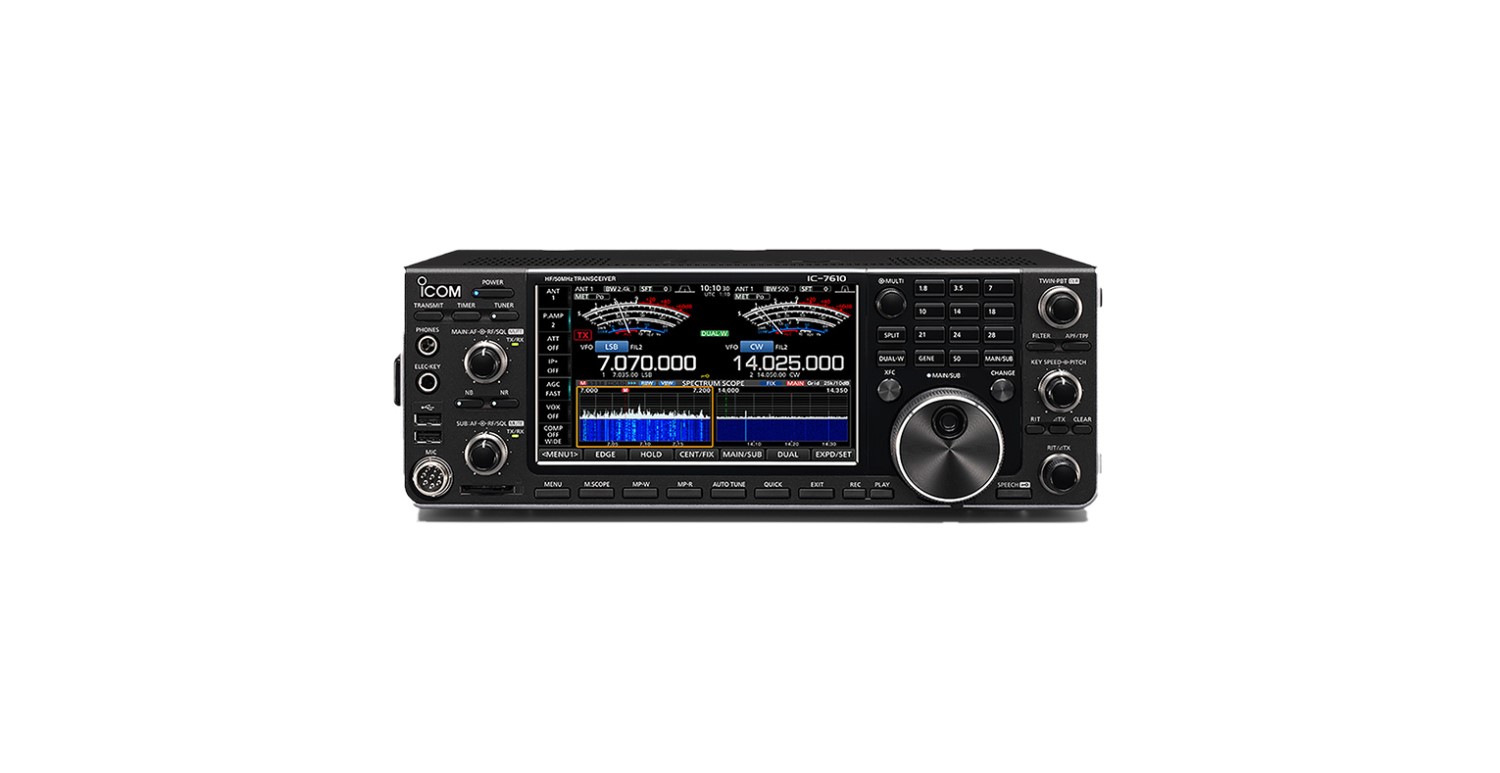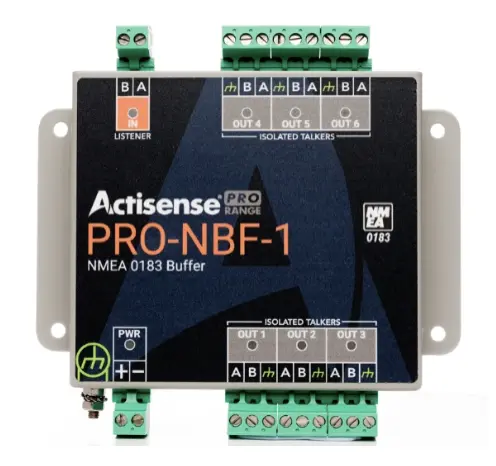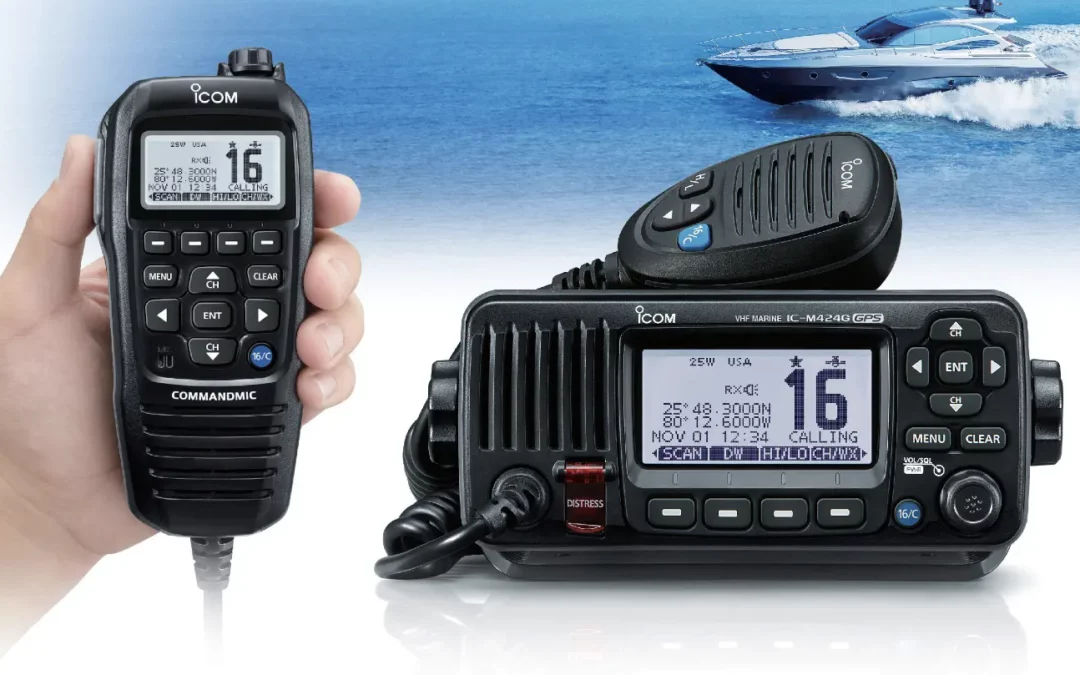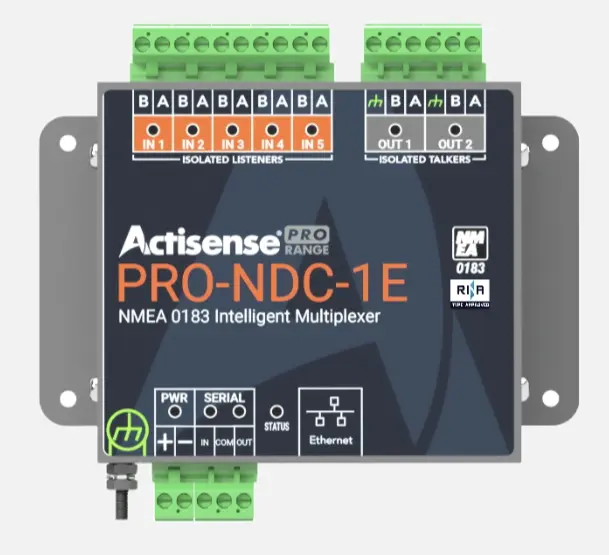Amateur radio has been a niche hobby for decades and still continues to attract new enthusiasts today. Before you dive into the hobby you might be wondering: what type of amateur radio equipment suits you best?
The 2 most common amateur radio types amongst enthusiasts are ham radio and Citizen’s Band (CB) radio. Both types can be used for amateur communication with other enthusiasts around you or around the world, outdoor communication, and even emergency communications during a crisis.
What is Ham Radio?
Pictured: ICOM IC-7610
Ham radio is an amateur radio station that uses frequencies allocated by a national governing body to allow users to have two-way communication. In India this is the Wireless Planning & Coordination Wing (WPC) under the Ministry of Communications. Due to this, users require an accredited license in order to operate ham radio.
What is CB Radio?
Citizen’s Band (CB) radio is a type of land mobile radio service used worldwide that allows for two-way communication across short distances. Unlike ham radio, CB radio users are only able to operate within a much smaller range of frequencies and only 1 user can talk on a channel at a time. CB radio does not require a license to operate, and CB radio sets tend to be more affordable than ham radio sets.
Differences between Ham and CB Radio
1. Frequencies and distance
The biggest difference between ham and CB radio is the frequencies a user can access.
Ham radio has the widest frequency range compared to other amateur radio equipment, at 1.8-1300 MHz with estimated base ranges of over 80 km and handheld ranges of 32 km. Find out more about basic ham radio equipment features.
In comparison, CB radios operate on 40 distinct channels with frequencies ranging between 26-28 MHz. These channels are determined by the respective national governing bodies, although most countries adopt the channels and frequencies standardised by the USA. The range of a CB radio can extend between 5km to 32km depending on factors such as terrain or line of sight.
2. Usage
If you want to communicate across much longer distances then ham radio is the right fit for you. Ham can only be used for amateur radio communications between individuals, but there are still vibrant communities of enthusiasts around the world using this method to engage with other operators.
CB radio is a better fit for shorter, straight-to-the-point, mobile communication as well as semi-commercial use. This can include communication with fellow operators in your region or staying in contact with loved ones while you are outdoors or at sea (within your radio’s operational range). CB radio is popularly used by truckers or drivers who are frequently on the road to exchange essential and critical information about directions or traffic.
Both ham and CB radio can be used in emergency situations but their respective ranges of frequencies might affect the extent to which you can contribute or help with emergency responses.
3. Ease of use
Becoming a ham radio operator requires an official government license, whereas you do not need a license to operate CB radio. Both types of equipment can have a steep learning curve when you first begin the hobby, but there are many online communities for amateur radio operators that can help you learn the basics.
Buy Reliable Amateur Radio Equipment Online
If you’re interested in exploring the world of amateur radio communication – whether through ham or CB radio – Tecomart is the ideal supplier for your needs. We are a trading company specialising in selling marine and outdoor communication-related products. Our extensive catalogue features a wide range of high-quality products from recognised communication and navigation brands such as Raymarine, Furuno, Standard Horizon, and more.
Whether you need a handheld VHF or digital SDR transceiver, we have what you need to enjoy your hobby or profession. In addition to all kinds of amateur radio equipment you can use on land or at sea, we also offer navigation instruments such as GPS receivers and radars for marine vessels.Find out more in our FAQs or get in touch with us.








0 Comments